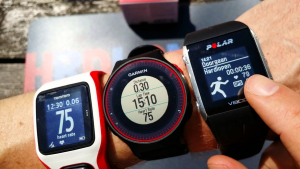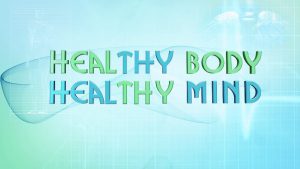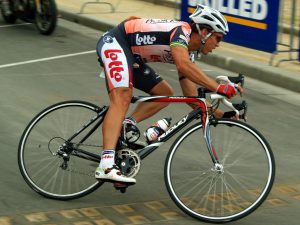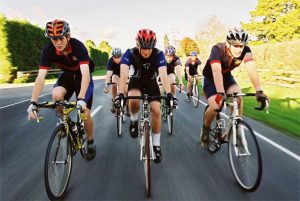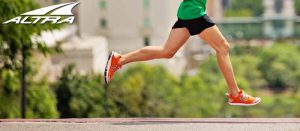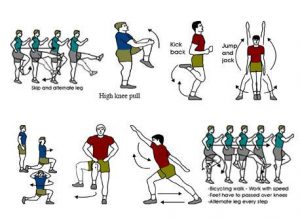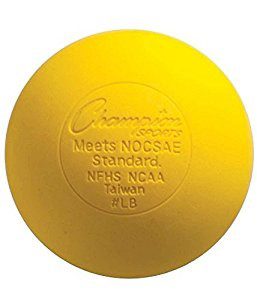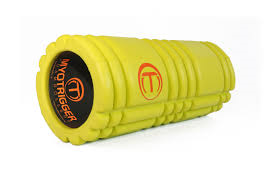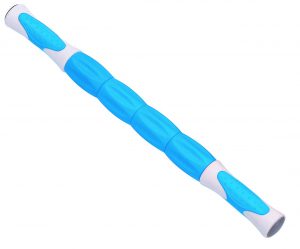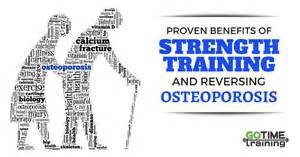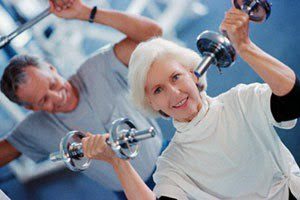by: Alicia Sandlin
Have you ever wanted to change up your workout to make it more interesting? If you have an activity tracker or heart rate monitor lying around then you might want to try heart rate based interval training. With this use of either one of those tools, you can change up your workout for added health benefits. Krahn (2016) states that “heart rate based interval training allows you to burn significant amounts of calories in a short amount of time, increases your metabolism, allows you to burn calories even after the workout, decreases body fat, reduce blood pressure, and many other health benefits”. You may be able to see these benefits from other workouts as well but what is different about heart rate based training is that you can see exactly how much effort you are exerting. Knowing your heart rate zones can give you the power to train in a controlled manner to get the benefits you are seeking.
Heart rate monitor devices
HR monitors measure the rate at which your heart is beating through sensors built into a strap worn around the chest or wrist. Heart rate monitors are a cheap and easy way to monitor your rate of exertion. The feedback from the device is displayed either on a device linked to the monitor or on the screen of the wrist monitor for immediate feedback. Knowing your heart rate and zones at which you are training in, helps you take your workout to new levels and achieve different results than your normal workout.
Zones
The zones for heart rate based training is determined by a calculation of your maximum heart rate. There are different formulas used to calculate maximum heart rate but the most standard formula is:
220 – age = Maximum Heart Rate (HRmax)
Ex. 220 – 21 year old = 199 bpm HRmax
This number is then calculated to determine which zone you should be in to reach the benefits of being in that particular zone. For zone 1, you would calculate your zone of being in 50 – 60% of your heart rate max. For a person 21 years old working in zone 1, their calculation would be:
220 – 21 = 199 bpm HR max
199 * .65 = 130 bpm
199 * .71 = 141 bpm
To be in zone 1 for the 21 year old person, they need to keep their heart rate between 99 – 119 beats per minutes while they are working out.
According to Brookreson (2015), these are the zones of exercise:
- 65 – 71%% of your maximum heart rate (Zone 1)
- This zone should be used for warm-up, cool down, and recovery because this zone is for the lowest amount of effort.
- 72 – 78% of your maximum heart rate (Zone 2)
- This zone should be your average effort that you could maintain for a long period of time and still be able to talk with someone next to you. This is used for improving aerobic endurance.
- 79 – 85% of your maximum heart rate (Zone 3)
- This zone should be above average effort and should not be able to speak in this zone. This is used for improving aerobic capacity.
- 86 – 95% of your maximum heart rate (Zone 4)
- This zone is considered to be an uncomfortable and very difficult effort but yet you can sustain this zone without excruciating discomfort. This is used for training and maintaining anaerobic capacity.
- 96 – 100% of your maximum heart rate (Zone 5)
- This zone is considered to be an all-out, completely empty your tank effort as hard as you can go. This zone is great for athletes and individuals wanting to increase their anaerobic capacity.
Ways to incorporate it in your workout
There are many ways to incorporate heart rate based intensity zones to your workouts. With the use of a heart rate monitor, you can monitor any activity you like to do and determine your zone based off your formula of your heart rate max. Activities such as the treadmill, elliptical, bicycle, and interval bodyweight workouts are all great ways to monitor your heart rate zones to achieve the greatest benefits from your workout in a short amount of time.
Resources:
Brookreson, N. (2015, July 16). Using heart rate monitoring for personal training. Retrieved from: https://certification.acsm.org/blog/2015/july/using-heart-rate-monitoring-for- personal-training
Krahn, B. (2016, July 14). How to get a better workout with heart rate training. Retrieved from: http://dailyburn.com/life/tech/heart-rate-training-zones/
